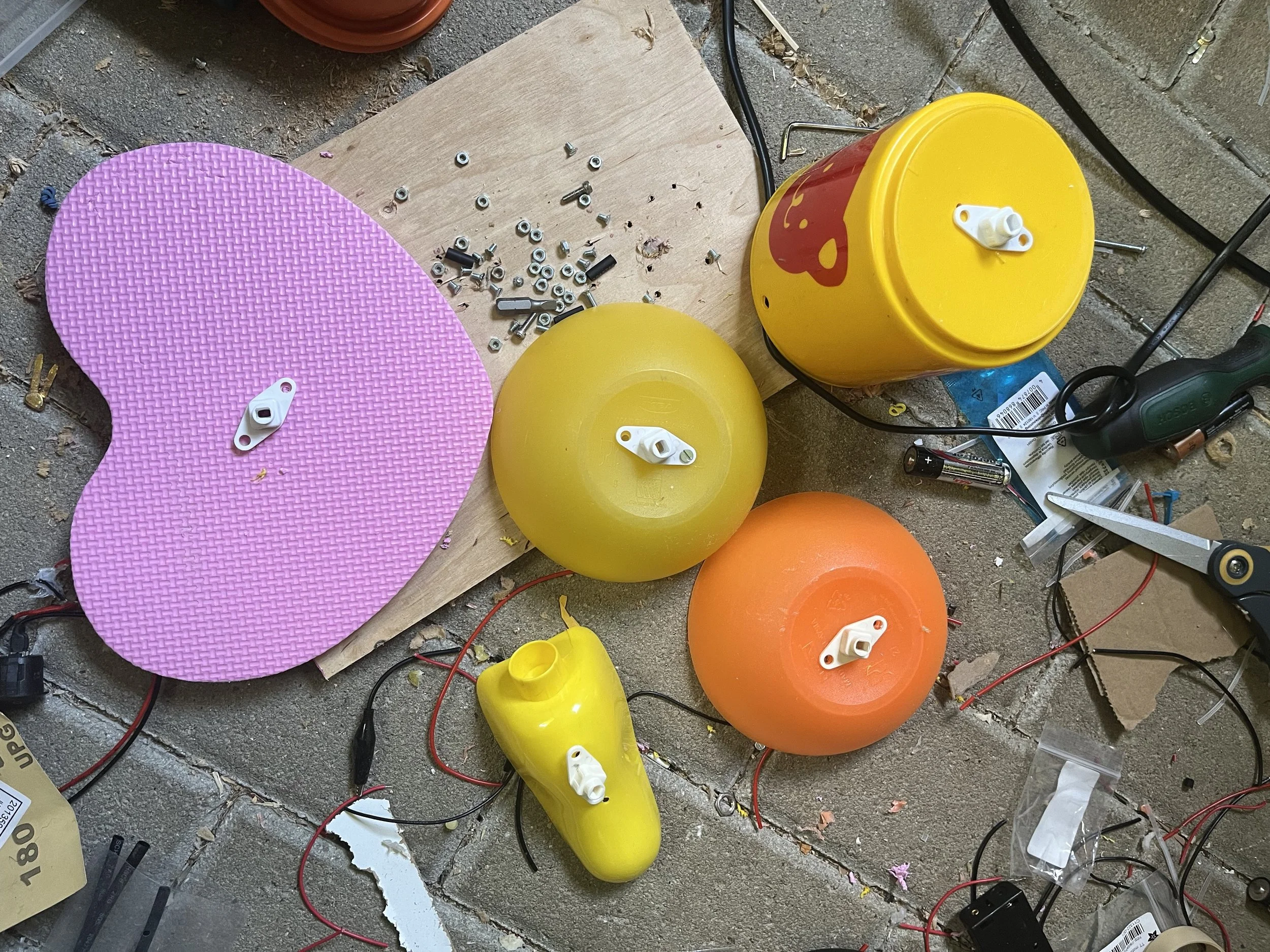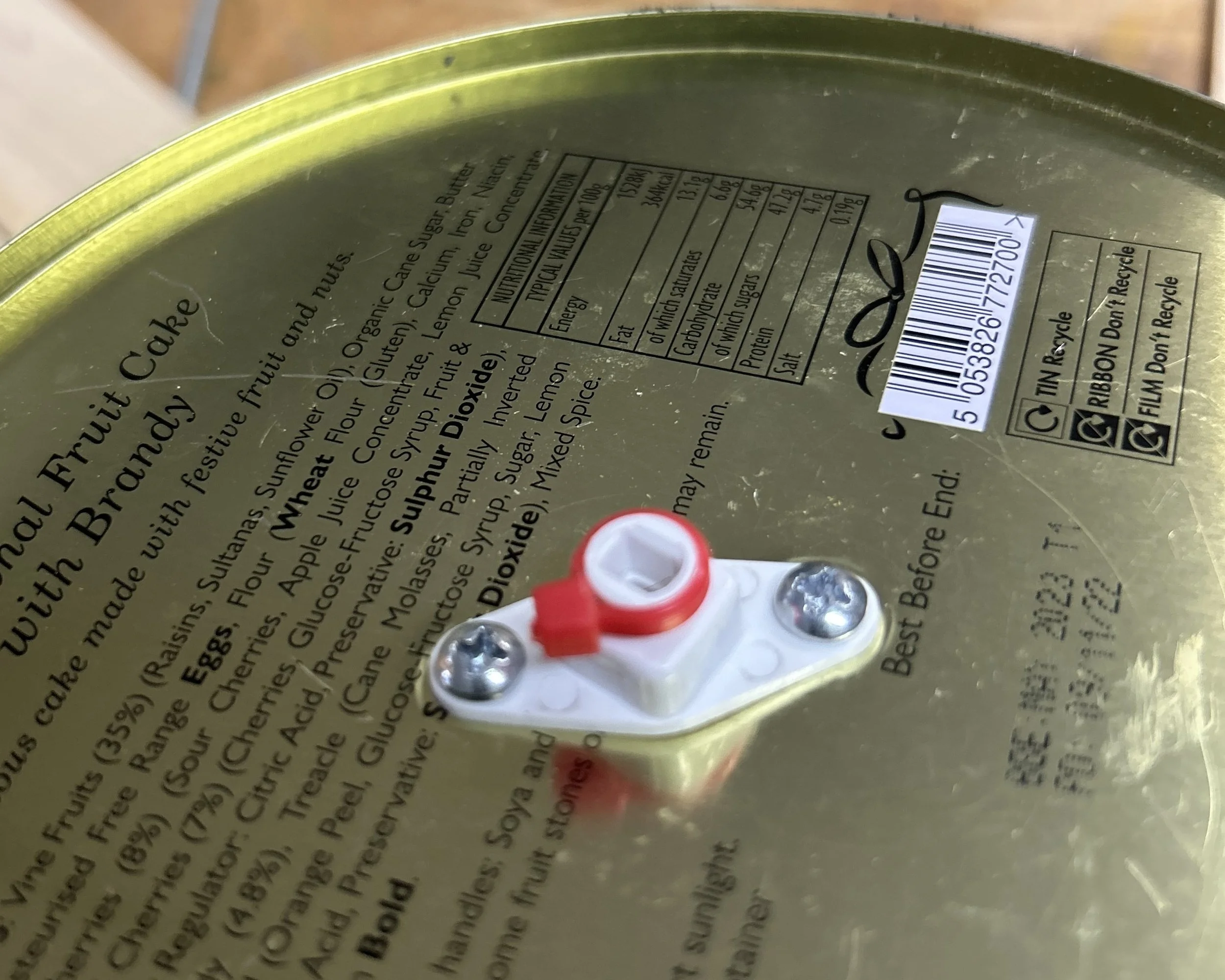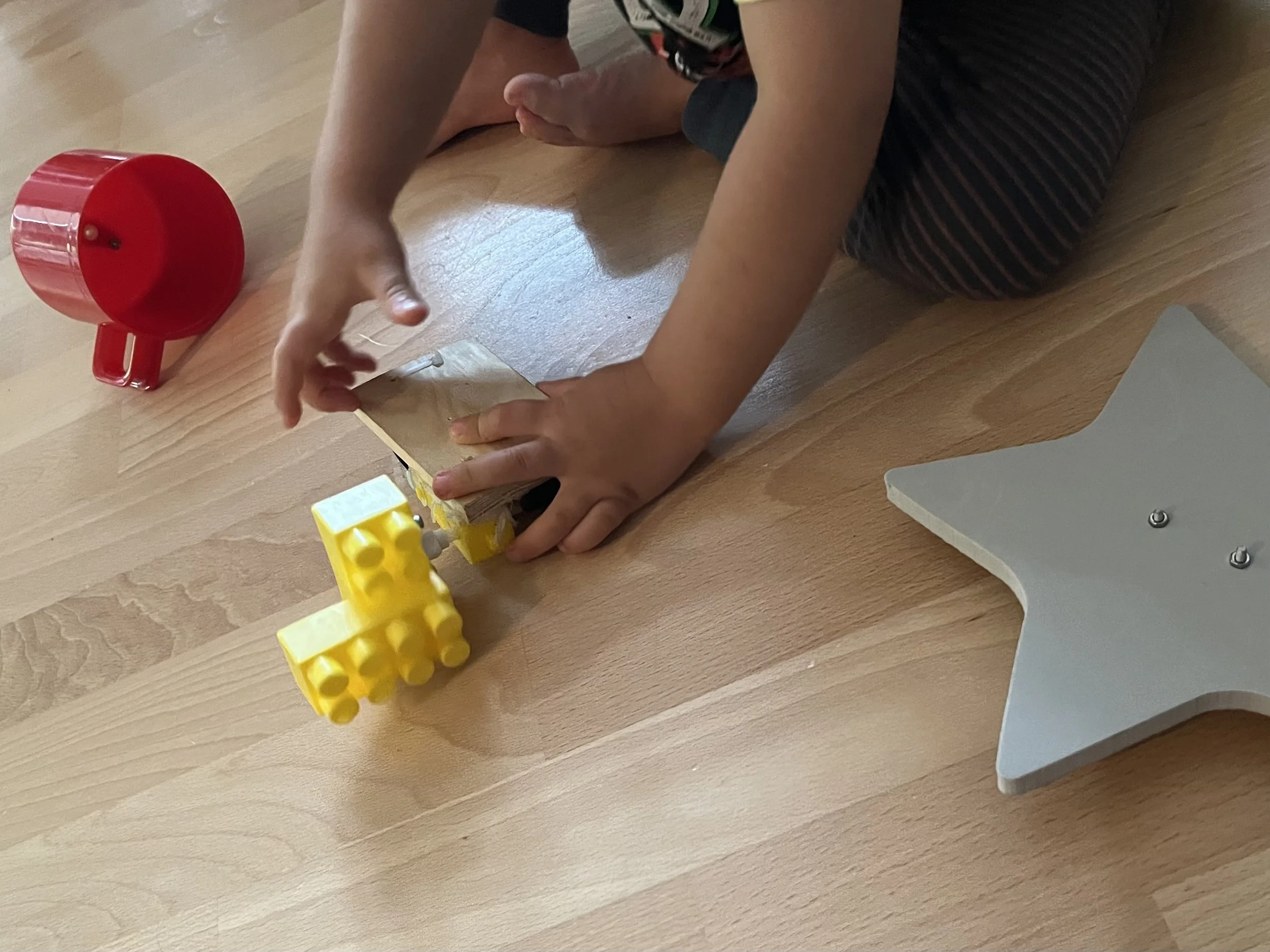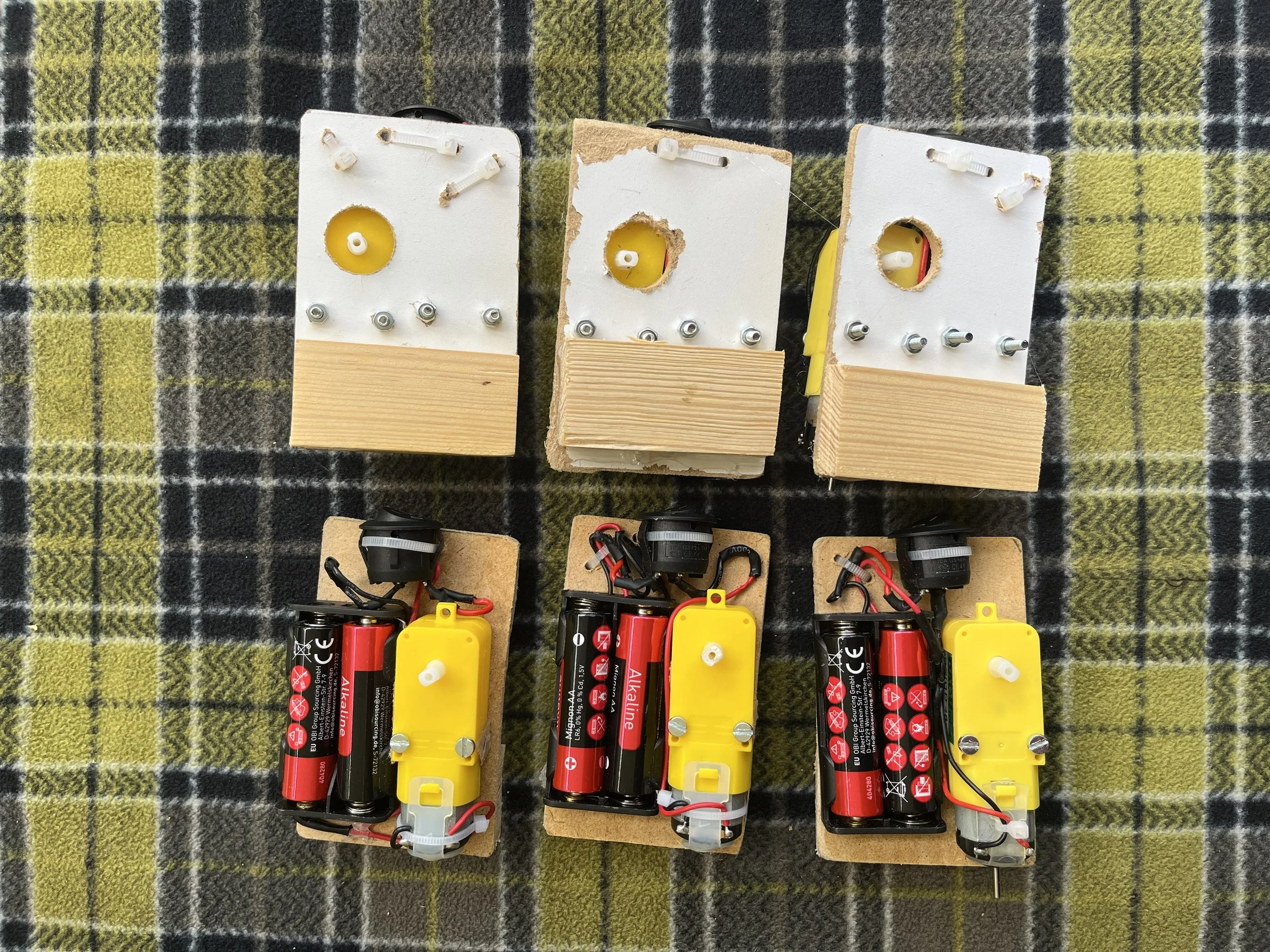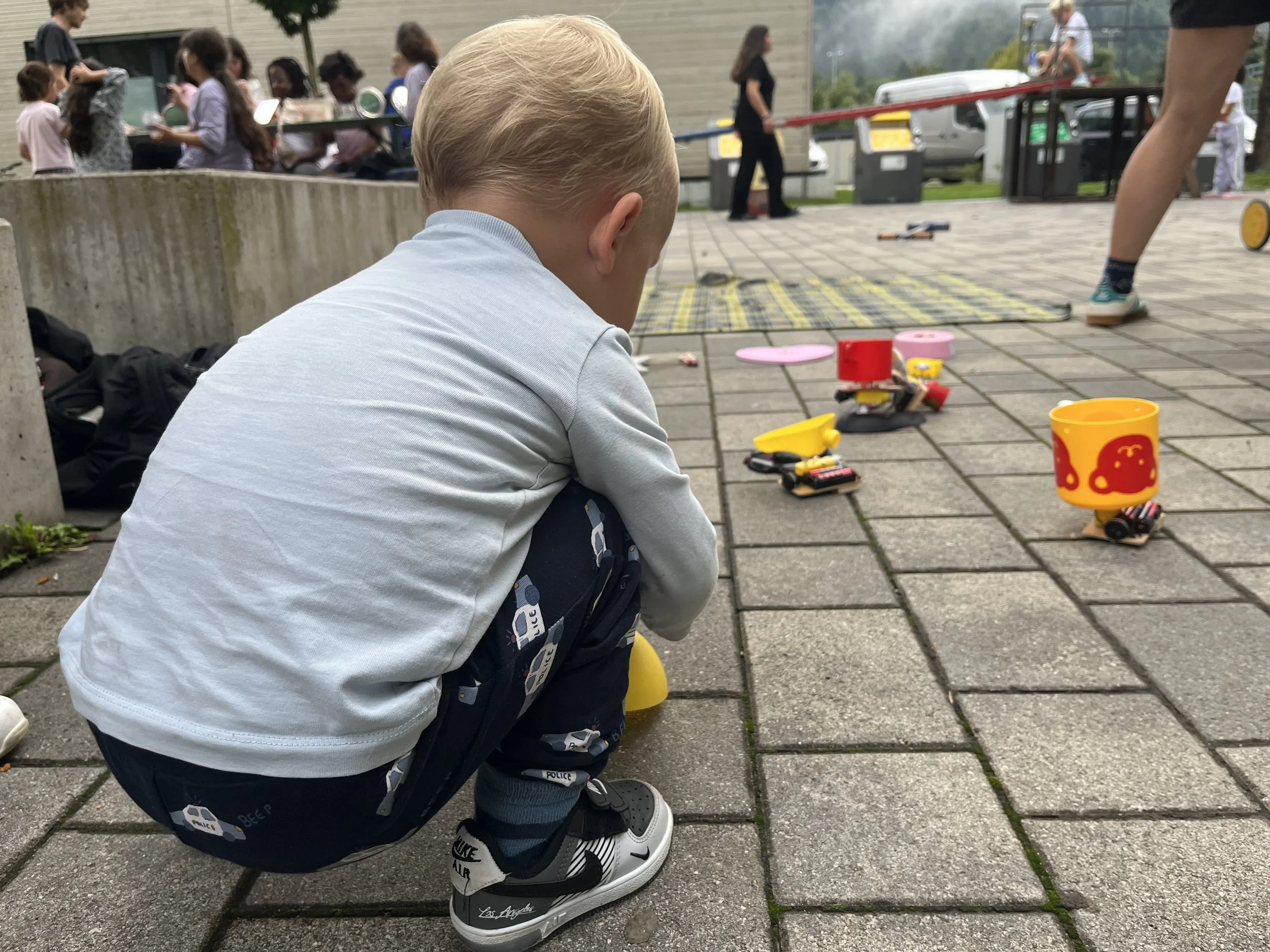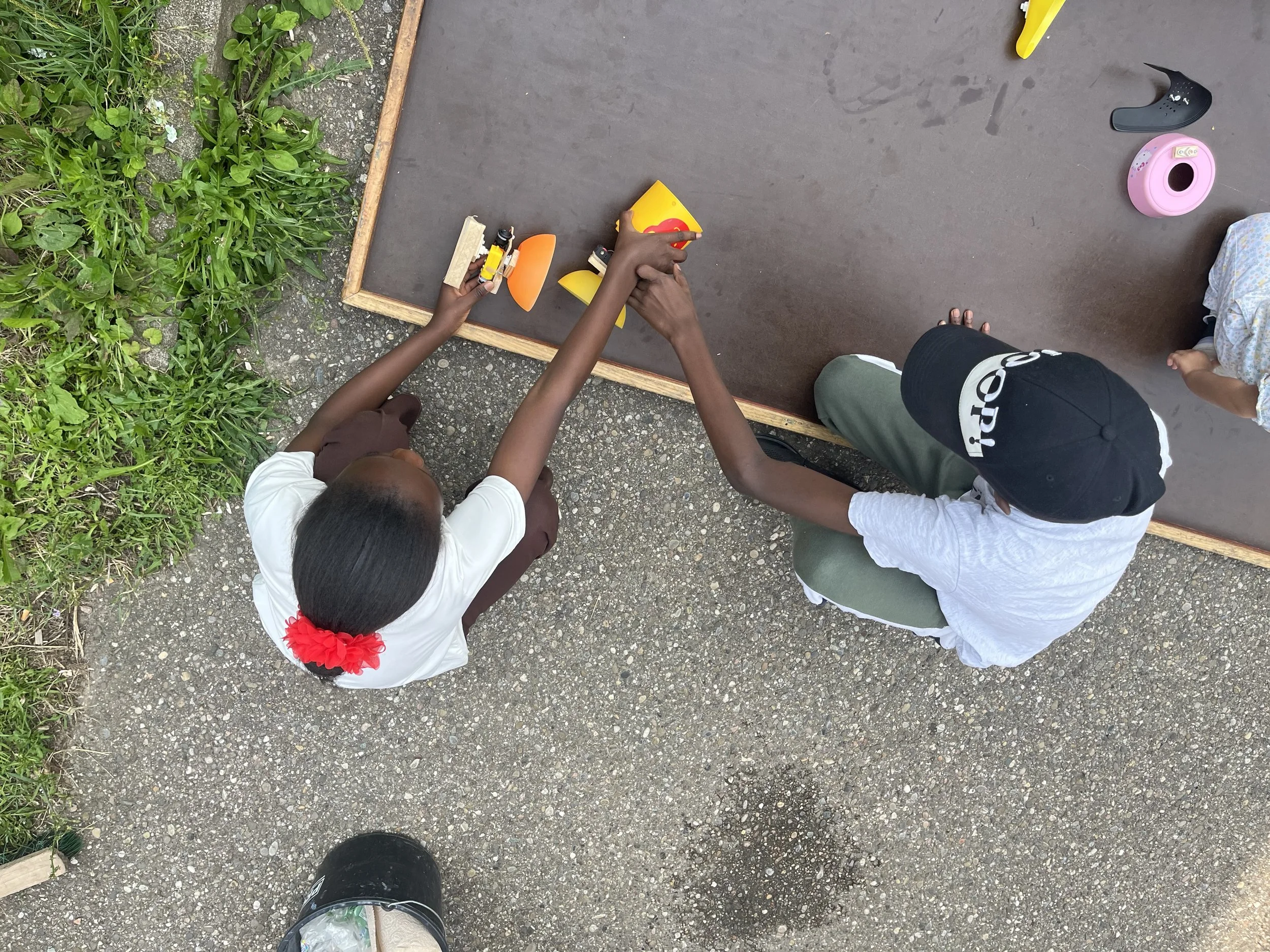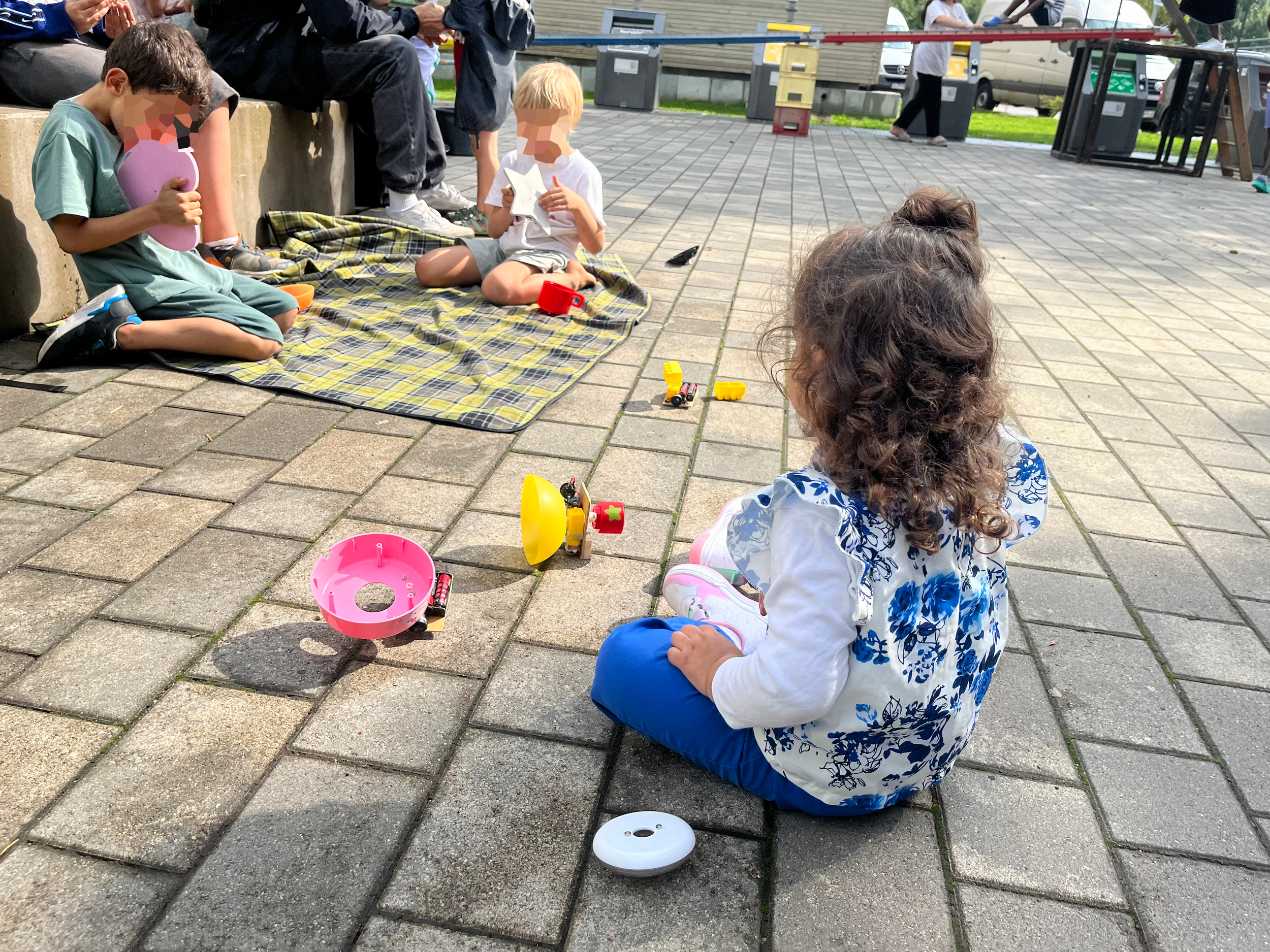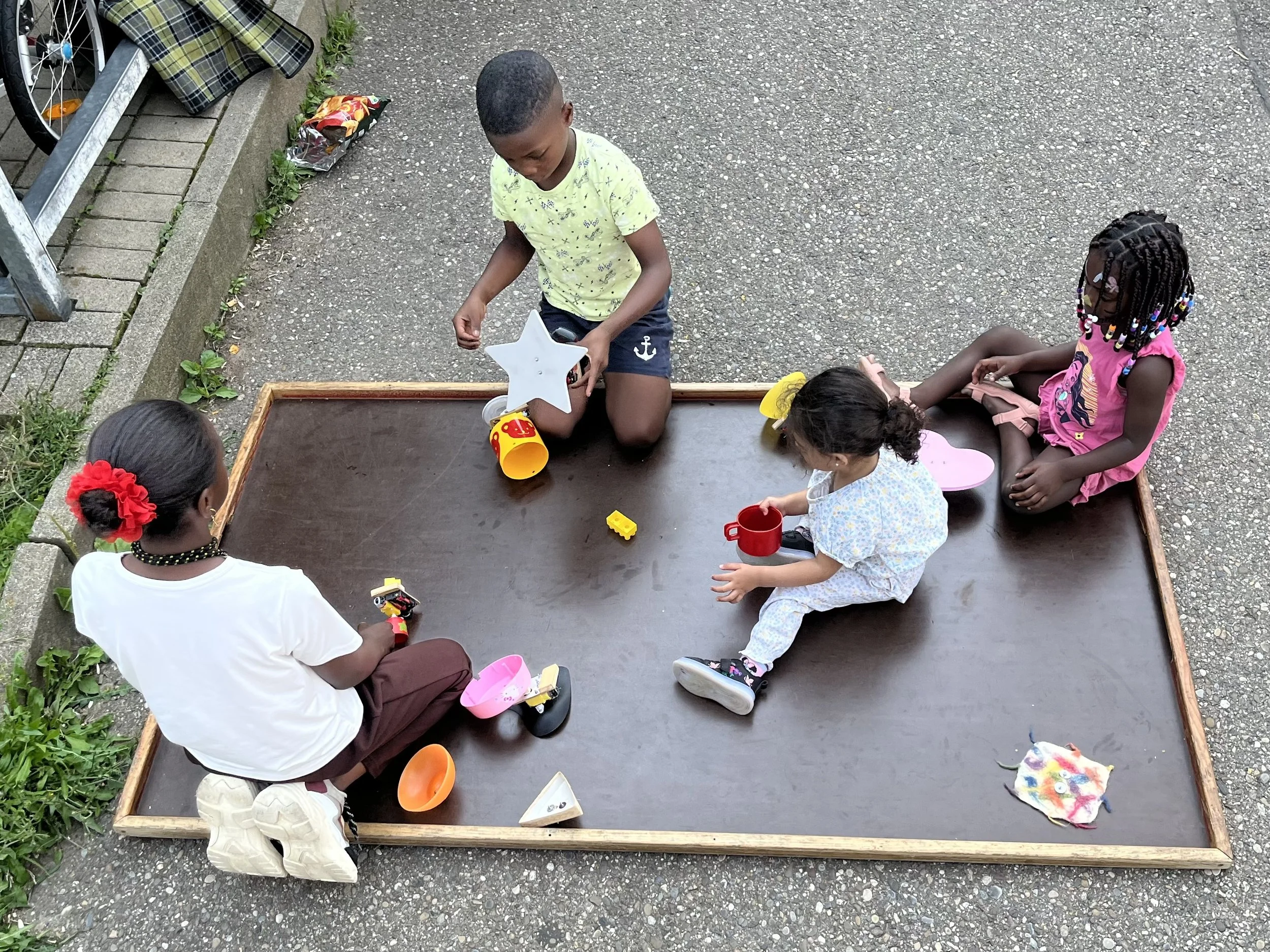Recycled Roly Poly Rollers Prototyping
Recently I’ve been experimenting with materials sets and prompts that focus on the idea of tinkering with young learners (roughly ages 2-6). I got inspired by a conversation with Nicole Catrett about her experiments with roly poly rollers at a local preschool. These simple bots with interchangeable wheels have their roots in motion board, another experiment that we tried with Lighthouse Community Charter School in Oakland a few years back.
Nicole made a couple of design choices to make these roly poly bots more approachable for small children. First up, she simplified the design to consist of just one motor and switch. With a larger hole drilled in the back, it’s possible to attach hubs to both sides of the motor. This allows the whole body to be more compact and able to be handled easily for small kids.
As well she found this excellent connector piece on adafruit so that all kinds of everyday objects could easily be attached to the motors. They work great although the connector can be a little weak for repeat use. Our solution is to add a ziptie and a bit of superglue to strengthen the connection.
When thinking about what kinds of materials for the hubs I wanted to have a variety of things that were different sizes, materials and positions. I also got inspired by the fun youtube videos by maker Laura Kampf who scavenges materials from the side of the road in her amazing “janitor of LA” series. I wanted to see if I could also use only recycled parts for the wheels as well as the wooden bases. Luckily here in Freiburg there’s a great upcycling culture with tons of “zu verschenken” boxes and piles on the side of the road.
After getting the hubs and motors built I did a first test with my three year old son. He’s used to trying all sorts of tinkering experiments already but he happily started turning on and off the “robotino”. We cycled through the two or three hubs that I put together and he immediately wanted to tape the little connector piece onto other things including a plastic egg, animal figures and other toys off the shelf. This was a great sign along with the fact that he wanted to come back to the machine again and again.
After this initial test, I put together six boards and about twenty hubs of all shapes and sizes. I had to add a little extra piece of wood so that the base had a more even weight (which then necessitated adding a standoff for some of the larger hubs). I tried to make them as simple and compact as possible so that they could be used by the littlest hands.
This week I had the chance to test two times with Spielmobil in Freiburg at their daily actions in plazas around the city. I set up a blanket for participants to sit on to try out the machines with a little dedicated testing surface near by (of course people also used every space for trying out the robots). There was a good combination of activities because the Spielmobil crew brought a bunch of strange bicycles and tricycles that the kids could zoom around on for a different exploration of rolling.
Many kids spent a long time at the testing station trying out all the different possible combinations. I was happy to see the games that the learners developed as well. While there were races, I also saw challenges to build tall towers or spin smaller objects inside larger ones. Especially for young kids I think these imaginative possibilities open up lots of fun new ideas and I would like to support these explorations.
While kids of all ages were playing at the event, I did notice several toddlers enjoying the investigations. Maybe because there was a lot of activity with older kids riding the collection of bikes and trikes, the little blanket was a calming space. It’s been important to value the small initial steps and just observe how much switching the motor on and off or holding the board and feeling the vibration is important for younger learners.
I would love to keep experimenting with different kinds of materials including more soft elements and metallic pieces with magnets that could be used for offset weights. Nicole suggested trying these boards as part of a larger pom pom factory environment which I think could also work well in a different setting.
Over the next few months I’m looking forward to continue experimenting with these workshop elements for young learners. If you’d like to try to build your own set reach out and I’ll share a materials list. And if you’re in the Milan area, I’m hosting a PD workshop as part of the Creative Learning Festival at the ‘Museo Nazionale Scienza e Tecnologia Leonardo da Vinci di Milano’ on October 10th and 11th to share more ideas and questions about toddler tinkering!

